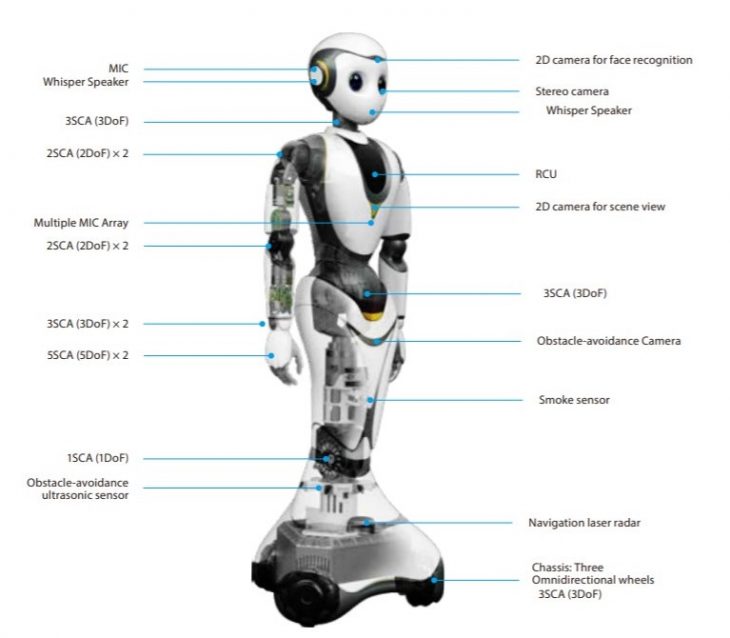
SHENZHEN, China – Telecom tech maker ZTE Corporation announced this week it has opened what it’s calling its first 5G Slicing Store.
The company has partnered with Hutchison Drei Austria to demonstrate the first slicing store, in Europe, which boasts the first end-to-end network slicing operation in the industry, says the a ZTE release.
In the "Slicing Store", consumers or enterprise customers can select the predefined slice template and set the service level agreement parameters according to the characteristics of the user or individual industry requirements. After the user logs into the online sliced based service store, the user can choose services with different SLA, such as guaranteed bandwidth, maximum latency, and so on, says the announcement.
Then, the specific service can be put in the cart for checking out. Once the payment is completed, this service can be activated immediately as requested (In case you’re still wondering, this isn’t a bricks and mortar store…).
If the number of users increases or key performance indicators decrease, the system can automatically adjust its resources to maintain KPI. This slicing solution can be widely used in vertical industries to meet variable requirements and ensure the SLA, regardless of the vertical market type.
“This innovative solution can accelerate the commercialization of 5G slicing and help operators achieve success in a variety of vertical markets,” says the release. “By exposing the customized slices to vertical industries, operators can transform from single B2C traffic operation to B2B, B2B2C, and B2B2B diversified slice operation.”
ALSO THIS WEEK, at the 2019 Global Mobile Broadband Forum in Zurich, Edward Deng, president of Huawei's Wireless Solutions, stressed the value of software over hardware when it comes to 5G.
"Powerful hardware alone does not deliver leading 5G networks," said Deng. "5G spectral bandwidth and RF channels are significantly increased over 4G, yet scheduling periods have been greatly reduced. This underlines the importance of software algorithms for unleashing 5G network potential and maximizing 5G network performance."
Advanced algorithms enable legacy networks to continuously improve and are also essential for ensuring basic 5G performance while overcoming the impact of slowing Moore's Law to empower networks with new capabilities, says the company. At the event, Deng unveiled Huawei's wireless software innovation framework, which run through a complete set of procedures, from theoretical innovation to algorithm verification and commercial implementation.
To maximize network capacity, Massive MIMO (multiple input, multiple output) expands the limits of Shannon's Law. Huawei's Massive MIMO algorithms “are able to process thousands of channels in a very short period of time, forming the most precise beams while eliminating interference,” reads the company announcement.
Click here for more on Huawei’s announcements.
THEN, AT MOBILE WORLD Congress Los Angeles, humanoid robot maker CloudMinds teamed up with Sprint to show off a new robot powered by cloud artificial intelligence, Sprint True Mobile 5G and proprietary vision-controlled grasping tech that enables it to perform many tasks.
The XR-1 robot (pictured above) is interacting with guests at the Sprint exhibit at MWC LA which ends Thursday. “Overall, intelligent cloud robots paint the most vibrant picture of how 5G’s ultra-low latency, exponentially faster speeds and wider reach can dramatically improve response time and enable a new world of applications,” said Bill Huang, founder and CEO of CloudMinds, in a press release. “With vision-controlled grasping and the ability to perform intricate tasks, the XR-1 simply raises the bar and lays the foundation for an even wider range of intelligent compliant cloud service robots.”
The XR-1 uses a combination of technologies to come too life, including the Cloud Brain HARIX (Human Augmented Robotics Intelligence with eXtreme Reality), which is the company’s hybrid operating platform. Supervised by a human operator, the system can host numerous robot “brains” simultaneously. Vision processing, natural language processing, robotic motion control, vision-guided grasping and manipulation are just some capabilities integrated organically into the platform.


